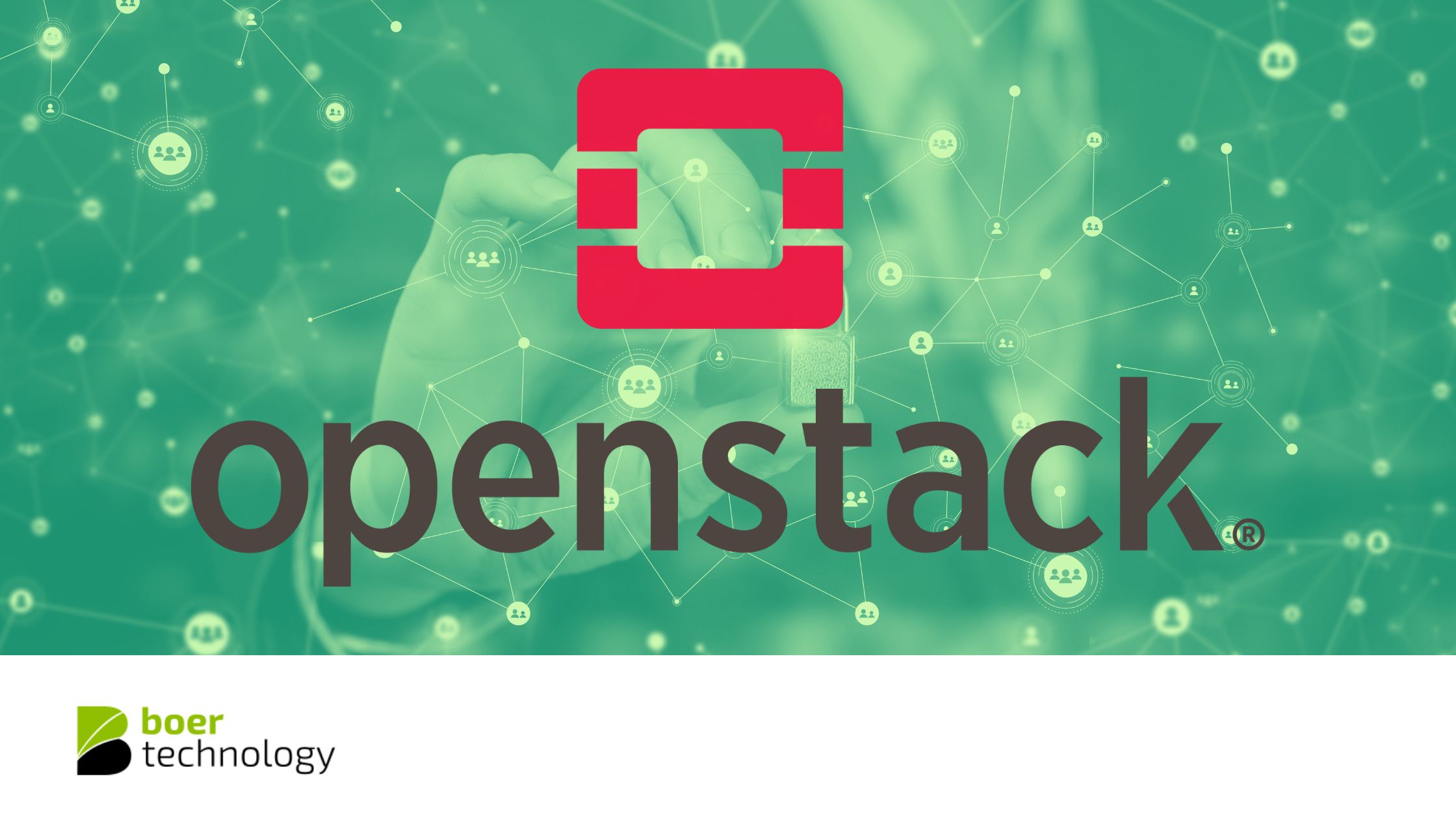Optimizing Private Cloud Using OpenStack: A Comprehensive Guide
As businesses increasingly adopt private cloud solutions to enhance security, control, and compliance, the need to optimize these environments becomes crucial. OpenStack, an open-source cloud platform, offers a versatile and powerful framework for managing private cloud infrastructures. By leveraging OpenStack, organizations can maximize the performance, scalability, and efficiency of their private clouds. In this article, we will explore how to optimize a private cloud using OpenStack, ensuring that your cloud environment is tailored to meet your organization’s unique needs.
Understanding OpenStack in the Context of Private Cloud
Before diving into optimization strategies, it's essential to understand what OpenStack brings to the table. OpenStack is a set of software tools for building and managing cloud computing platforms, particularly for private and hybrid clouds. It encompasses various components that handle compute, storage, networking, and other essential cloud services. The open-source nature of OpenStack allows for extensive customization, making it an ideal choice for organizations looking to create a cloud environment that aligns perfectly with their operational requirements.
Key Strategies for Optimizing Private Cloud Using OpenStack
- Right-Sizing Resources
One of the primary steps in optimizing a private cloud using OpenStack is right-sizing the resources. This involves accurately allocating compute, storage, and networking resources based on the actual needs of your workloads. Over-provisioning can lead to unnecessary costs and wasted resources, while under-provisioning can cause performance bottlenecks. OpenStack provides tools such as Horizon, its dashboard interface, which allows administrators to monitor resource usage and make adjustments as needed.
- Automation and Orchestration
Automation is key to achieving efficiency in a private cloud environment. OpenStack offers several components, such as Heat, which enables orchestration of complex multi-tier applications. By automating routine tasks like provisioning, scaling, and decommissioning of resources, organizations can reduce manual intervention, minimize errors, and improve response times. This not only optimizes the performance of the cloud but also frees up IT teams to focus on more strategic tasks.
- Load Balancing and High Availability
Ensuring high availability and effective load balancing is critical in any cloud environment. OpenStack’s Octavia service provides load balancing as a service (LBaaS), enabling better distribution of incoming traffic across multiple servers. This prevents any single server from becoming a bottleneck, ensuring that applications remain responsive even during peak usage. Additionally, leveraging OpenStack’s high availability (HA) configurations can help minimize downtime, ensuring that critical services remain accessible at all times.
- Optimizing Storage with OpenStack Cinder
Storage optimization is another crucial aspect of enhancing private cloud performance. OpenStack Cinder, the block storage service, allows administrators to manage storage volumes more efficiently. By categorizing storage based on performance and cost (e.g., SSDs for high-performance workloads, HDDs for archival storage), organizations can ensure that data is stored in the most appropriate and cost-effective manner. Additionally, features like thin provisioning can help save space by allocating storage on demand rather than upfront.
- Networking Optimization with Neutron
Networking is the backbone of any cloud infrastructure, and optimizing it is vital for smooth operations. OpenStack Neutron, the networking component, provides advanced networking capabilities, including virtual networking, IP address management, and network security. To optimize networking in a private cloud, organizations should take advantage of Neutron’s features like software-defined networking (SDN) to create flexible and scalable network architectures. This allows for better traffic management and improved network performance across the cloud environment.
- Monitoring and Performance Tuning
Continuous monitoring is essential to identify and resolve potential issues before they impact performance. OpenStack offers Telemetry services (Ceilometer and Gnocchi) that provide insights into resource usage and performance metrics. By setting up alerts and regularly reviewing these metrics, administrators can fine-tune their cloud environment, ensuring optimal performance. Performance tuning may involve adjusting resource allocation, updating software components, or optimizing configurations to better meet workload demands.
- Security Optimization
Security is a top priority in any private cloud deployment. OpenStack provides various tools and features to enhance security, such as Keystone for identity management, Neutron for network security, and Barbican for managing secrets like encryption keys. Optimizing security in an OpenStack environment involves implementing strong access controls, regularly updating security policies, and ensuring that all components are configured according to best practices. Regular security audits can also help identify and address potential vulnerabilities.
Conclusion
Optimizing a private cloud using OpenStack is a multifaceted process that involves careful planning, continuous monitoring, and ongoing adjustments. By focusing on resource right-sizing, automation, load balancing, storage and networking optimization, monitoring, and security, organizations can create a highly efficient and resilient cloud environment. OpenStack’s flexibility and comprehensive toolset make it an ideal platform for organizations seeking to maximize the benefits of their private cloud infrastructure, ensuring that it remains aligned with business goals and performance expectations.
Read Also: Private Cloud and OpenStack: A Powerful Combination for Modern Businesses
Read Also: What is Private Cloud?

